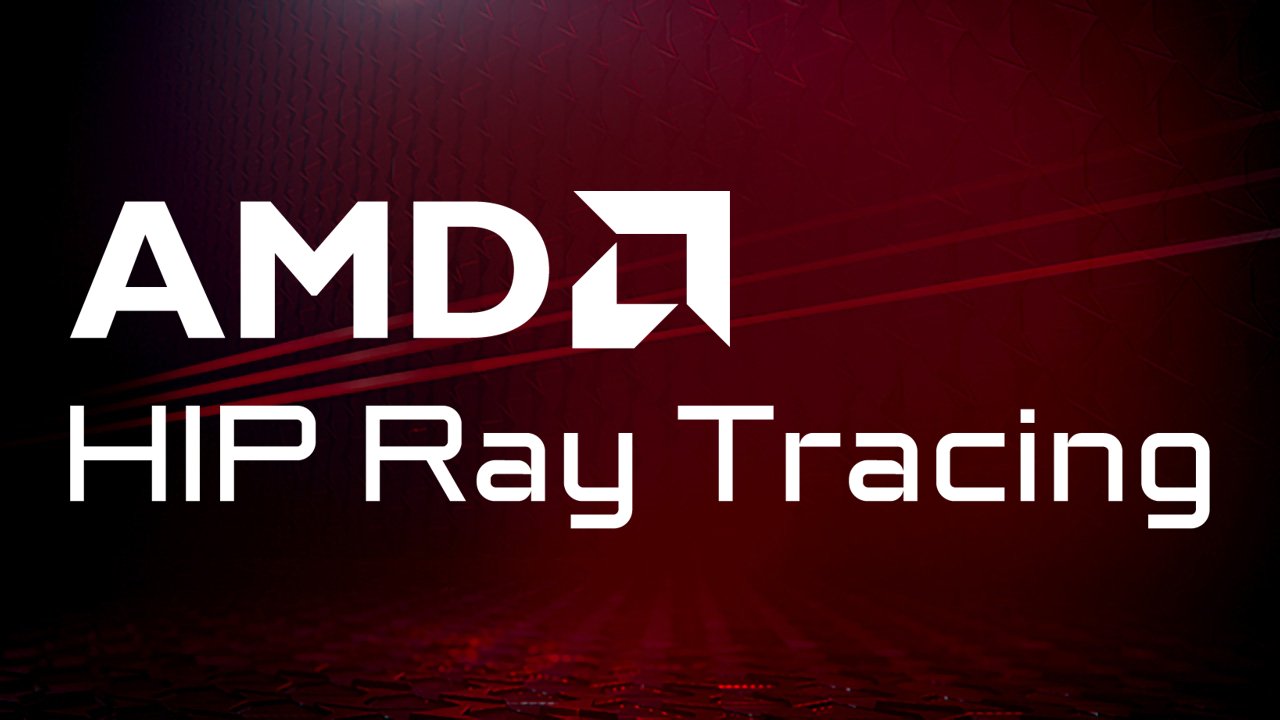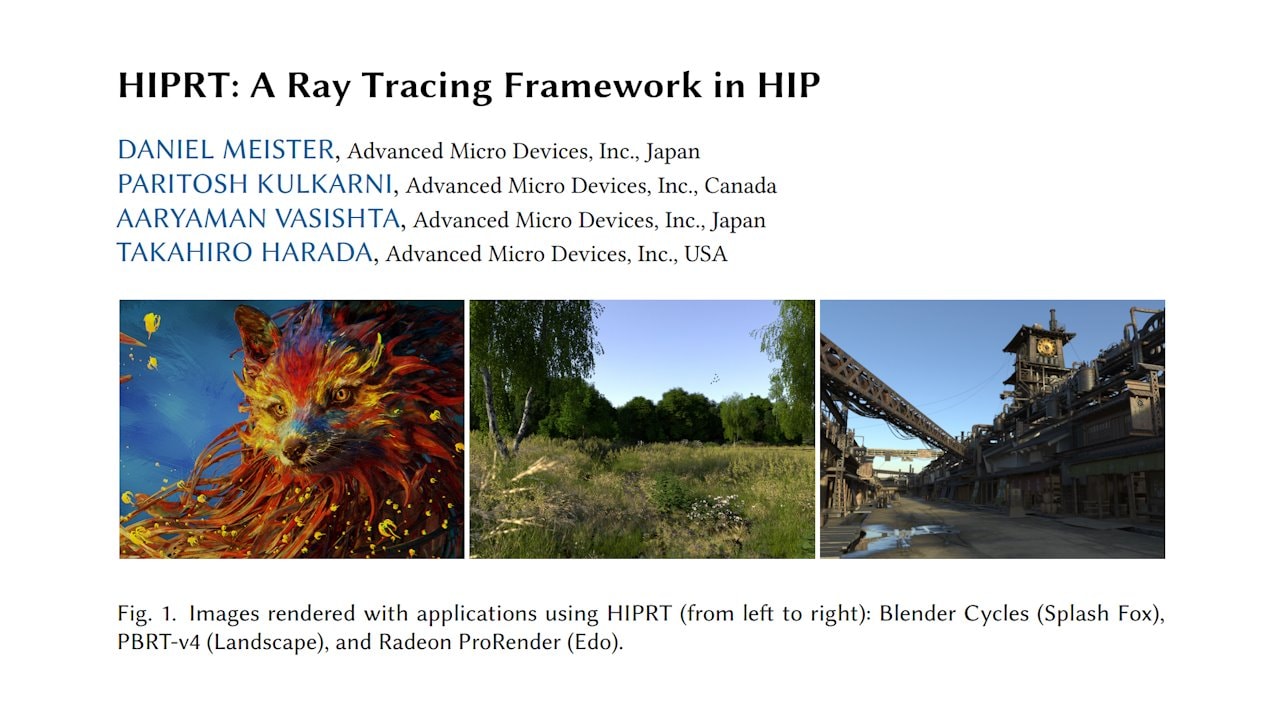
HIP Ray Tracing
HIP RT is a ray tracing library for HIP, making it easy to write ray tracing applications in HIP.
We’re thrilled to share the latest advancements by AMD in graphics research from the High-Performance Graphics (HPG) Conference 2024. Our team presented four ground-breaking papers covering work graphs, ray tracing, and compression.
In this blog, we’ll introduce each paper, and link you to additional resources to find out more.
We are incredibly honored to win the Wolfgang Straßer Award for Best Paper with our work graphs paper, so let’s start there.
Microsoft® Direct3D® 12 Work Graphs are one of the hottest new graphics topics around, generating an enormous buzz wherever they are mentioned. We are proud to be at the forefront of GPU work graph development, and our new paper at HPG (in collaboration with Coburg University) takes procedural generation to new heights. You’ll find out how easy it is to implement our system, and demonstrate with stunning procedural effects from our GDC 2024 demo.
We also had a follow-up presentation on work graphs and their inner workings:
The second-placed Best Paper also went to one of our new papers, so let’s introduce H-PLOC next!
H-PLOC revolutionizes BVH (Bounding Volume Hierarchy) construction by allowing for construction of a BVH with over millions of triangles in just a few milliseconds. This makes it ideal for efficiently ray-tracing a large amount of fully dynamic geometry per frame.
Let’s stay with ray tracing, with our next paper on HIP RT!

HIPRT introduces a powerful ray tracing framework built on the HIP platform. With a focus on performance and portability, HIPRT enables developers to harness the full potential of GPUs for ray tracing applications. We’ve also released some new tutorials, including how to use HIPRT to compute direct illumination using Monte Carlo integration.
Finally, let’s move over to compression.
DGF introduces a dense, hardware-friendly geometry format that compresses meshlets with arbitrary topologies. Just as block compression transformed texture handling, DGF enables efficient ray tracing of massive micropolygon geometry.
The HPG Conference 2024 was a fantastic platform for sharing our latest research with you all. We’re excited to see how these innovations shape the future of real-time graphics.
Make sure you follow @GPUOpen on X or @GPUOpen on Mastodon (or our RSS feed!) to keep up with the latest developments for these papers, and our other technologies.